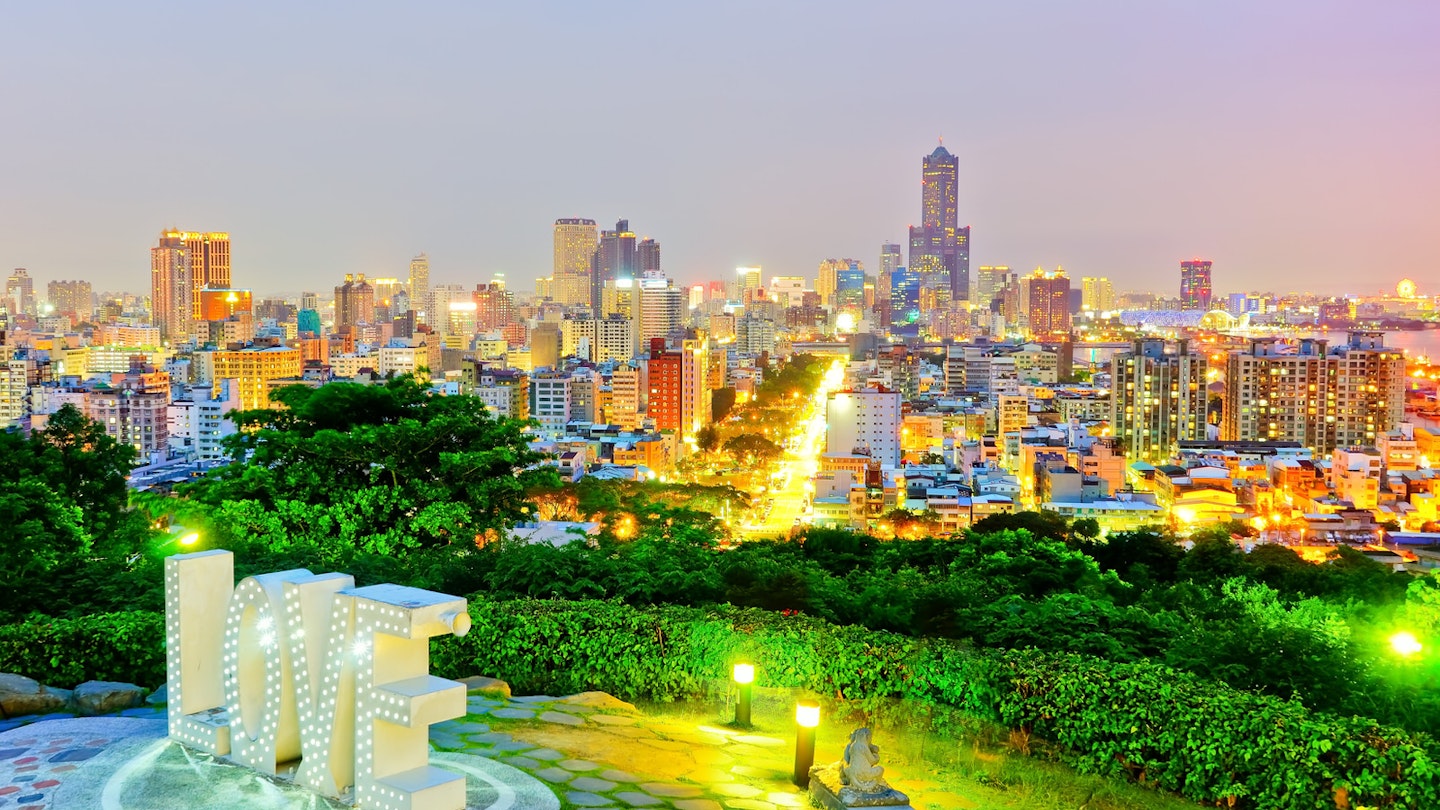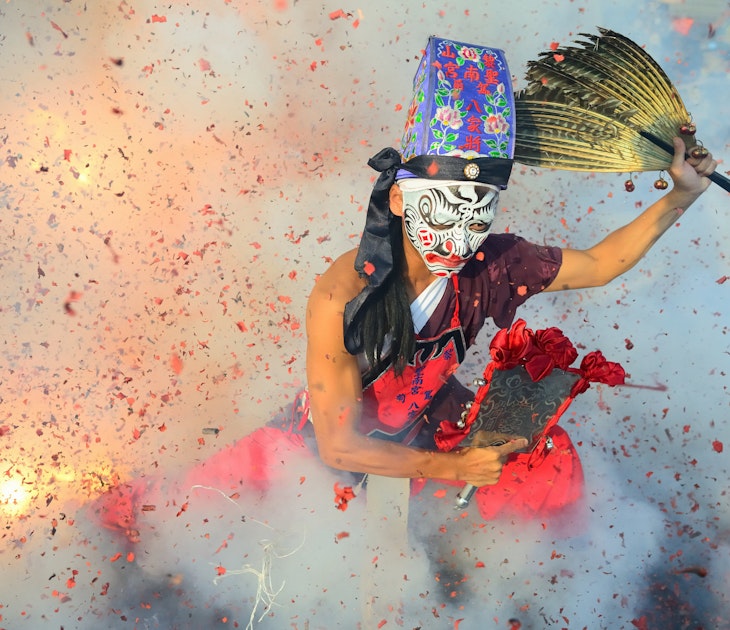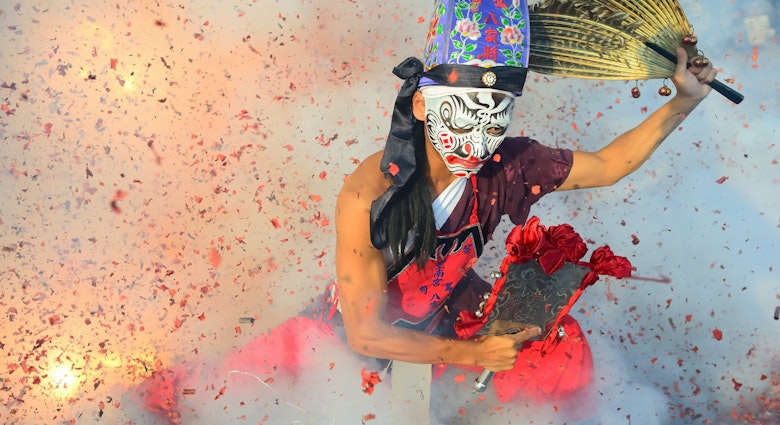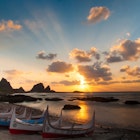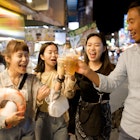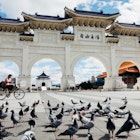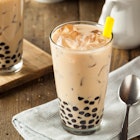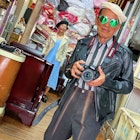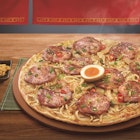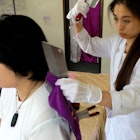Spring is in the air in Kaohsiung; well, metaphorically anyway. Taiwan’s second largest city is reinventing itself from an industrial port to a cultural hub. Warehouses by the harbour are morphing into galleries and theatres. World-class architecture is sprouting along the shore, from a beautiful public library to a spectacular concert venue that, when ready, should be among the best in Asia. Access to these waterfront gems is provided by a sleek Spanish-designed light-rail line, launching in phases.
Less conspicuous but no less significant, ‘culture buses’ are introducing sightseers to the many relics of the city’s distant and recent past. The cultural calendar is packed full of exciting new festivals, and young chefs are injecting fresh ideas into southern Taiwanese cooking.
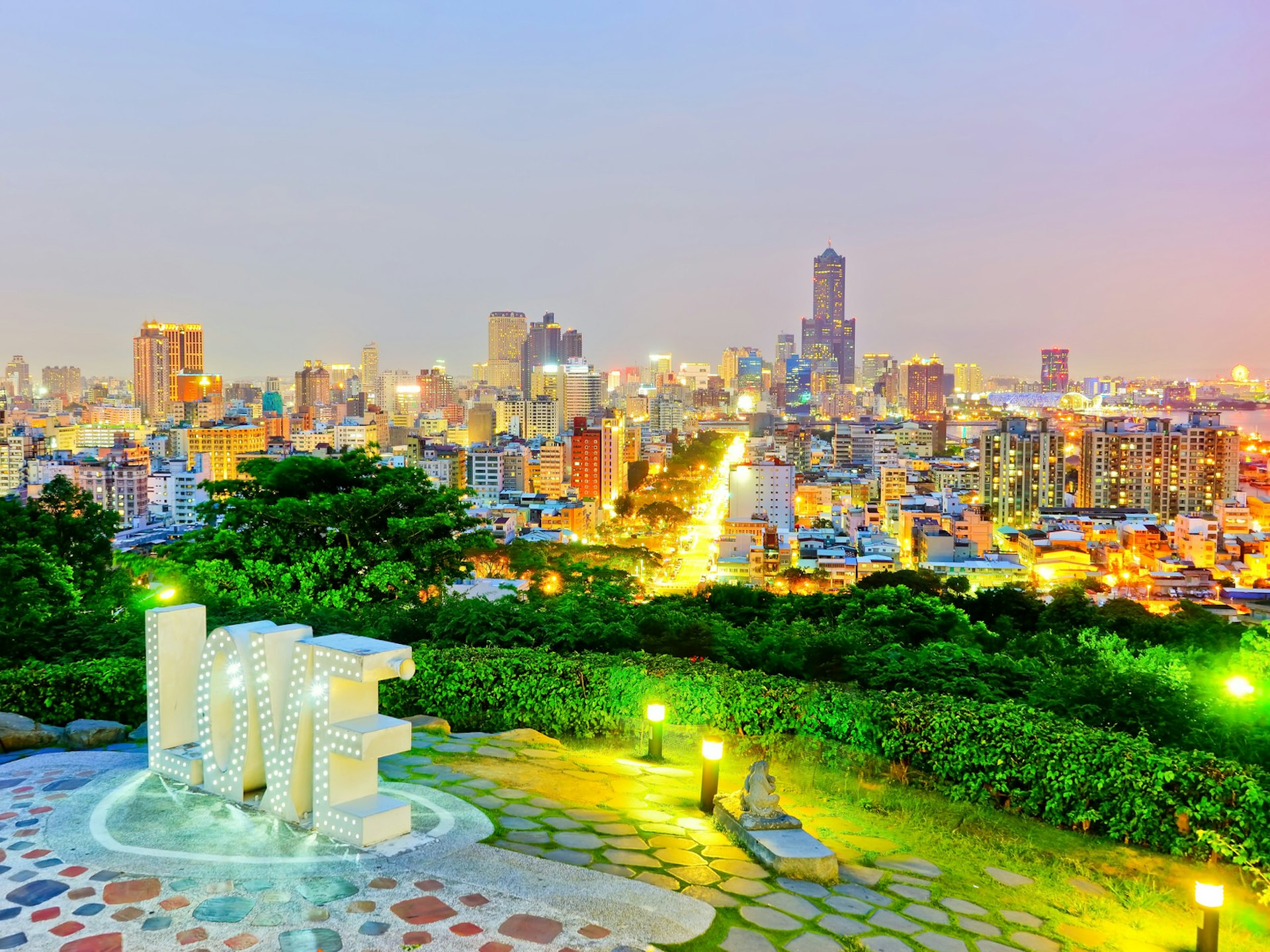
Kaohsiung – a city of wide streets (some of the widest in Taiwan), long river parks and a thriving LGBT scene – will have even more to be hopeful about, as it awakens to its full potential and embraces a world of possibilities. Here are some of our picks for what to see and do in Kaohsiung as it continues to blossom into one of Asia's most exciting urban centres.
Cultural renewal
The art-meets-industry formula works well at Pier-2 Art District. This ever-evolving collection of dozens of old warehouses is stuffed with boutiques, galleries, cafes and performance venues that line two sweeping boulevards by the port where ships are docked. The focus leans towards fashion, lifestyle, and other cultural bric-a-brac, though you will see some contemporary art and Pop Art-type sculptures decorating the lawns and walkways. Beyond the furthest warehouses are old train tracks overgrown with flowers where people fly kites and watch the sunset.
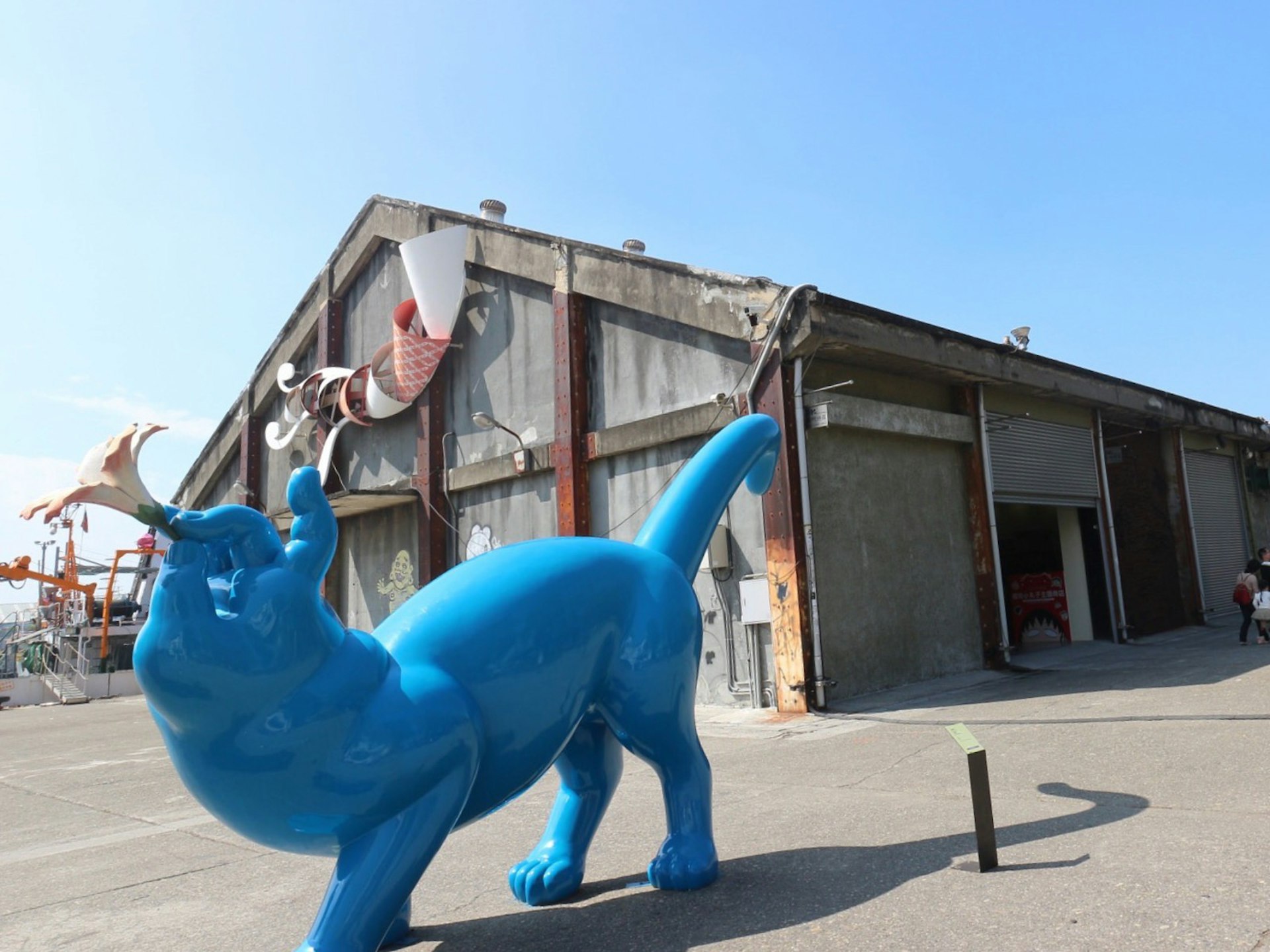
Known worldwide for its research on Austronesian art, Kaohsiung's Museum of Fine Arts houses an impressive collection by Taiwan’s contemporary indigenous artists. Paintings, sculptures, and installations demonstrate a mastery of different styles and media, which renders the works not only interesting as art, but also as vehicles for shattering stereotypes of tribal people. Stellar works by non-indigenous artists from southern Taiwan are shown in a different gallery.
Ancient and modern spirituality
A ten-minute sail away from Kaohsiung is Cijin Island, where you can spend a day exploring fishing villages, swimming in the South China Sea, and gorging on seafood. A long strip of park hugging the west coast makes for delicious breeze-in-your-hair cycling. Cijin Tianhou Temple, founded in 1673, is Cijin’s spiritual heart and Kaohsiung’s oldest Mazu temple.

Foguangshan, the centre of Buddhism in southern Taiwan, is 45 minutes’ drive from downtown Kaohsiung. Founded in 1967 by Master Hsing Yun, proponent of Humanistic Buddhism, the immense complex is home to English-speaking monks and nuns who will show you around and enrich your understanding of Buddhism. You can also wander among the halls, shrines and gardens on your own. For contrast, the sensational-looking Buddha Memorial Center – added in 2011 – has faux-antique pagodas, a giant golden Buddha statue and a small but interesting museum of Buddhist artefacts.
Foodie scene
Kaohsiung has excellent seafood as it is the distribution point for fruits of the ocean from all of southern Taiwan. Everything is available, from an invigorating bowl of fish soup to a superfluous feast of marine creatures savoured with whisky, Kaohsiungers’ drink of choice. Seafood restaurants are called 海產店 (hǎichǎn diàn), literally, ‘sea produce shop’.

A growing number of young chefs and restaurateurs in the city are working to modernise southern Taiwanese cuisine, while shining a spotlight on local produce. Gien Jia takes inspiration from the European kitchen when cooking Taiwanese ingredients. A simple plate of vegetables comes grilled with plum butter on the side; bottle gourd and chicken salad is dressed with a flying fish sauce; and fresh local shrimp meets native bacon inside ravioli.
All classic Taiwanese delicacies, whatever their town of origin, are on offer in Kaohsiung – braised pork over rice, oyster omeletttes, soup dumplings, scallion pancakes and ice treats of all persuasions. You will find these and much more in the sensory cacophony known as the night market. Of the dozen or so in Kaohsiung, Ruifeng Night Market is the local favourite. Everything seems to happen all at once here: fairground games, hawking of clothes and sundries, someone singing, though food – the variety is dizzying – still remains the focus.

Festivals galore
The Kaohsiung Spring Arts Festival, inaugurated in 2010, is an extravaganza of music, theatre and dance, with a carefully curated mix of genres – classical and contemporary, conventional and experimental, Taiwanese and Western. Performers hail from Asia, the Americas and Europe; shows are held in the city’s top-notch theatre and concert venues, and also outdoors, and in libraries and restaurants – a reflection of the organisers’ ambition to (literally) take the arts to all corners of Kaohsiung. The festival runs from February to July, with the bulk of the action happening between April and June.

March see the exhilarating Megaport Festival, a multi-stage outdoor music event at Pier-2 Art District. Over two full days, more than 80 rock, punk, electro and metal bands – mostly Taiwanese with some Hong Kong and Japanese acts thrown in – play to screaming fans from all over the island and neighbouring regions.
Listening and literature
Many of Kaohsiung’s most exciting live music, film and literary events take place in sultry lounges and brooding alley cafes that offer a killer cup of joe (or shot of absinthe). Understated Marsalis is one of Taiwan’s finest jazz bars, while R.Ruyo Deli Cafe and Ruh Cafe are both hotspots for indie, experimental and techno sounds. In Our Time hosts jazz and indie gigs inside an old warehouse. Among the hottest book-and-bean addresses are Cafe Strada, jokingly known as the cradle of Kaohsiung’s literati, and Takao Books, the city’s most active organiser of literary events.
Kaohsiung’s taste-makers often hang out at Hsiao Ti Cafe in sleepy Yancheng District, where the 1970s Japanese coffee house decor, the owner’s stories of the area's golden age and the free breakfast (available before 10am) are the draws.
Weird and wonderful
Tiánliáo Stone Temple is the work of a few hundred Southeast Asian migrant workers who were, as the story goes, taken in by the temple's abbot when the construction project that hired them went awry, leaving them stranded in Taiwan. To thank the monks, the men fashioned this fantastical-looking temple out of seashells, coral and stones. The main deity here is the Taoist goddess Cundi Bodhisattva, whose statue and those of other gods line wavy corridors evoking Barcelona’s Park Güell.
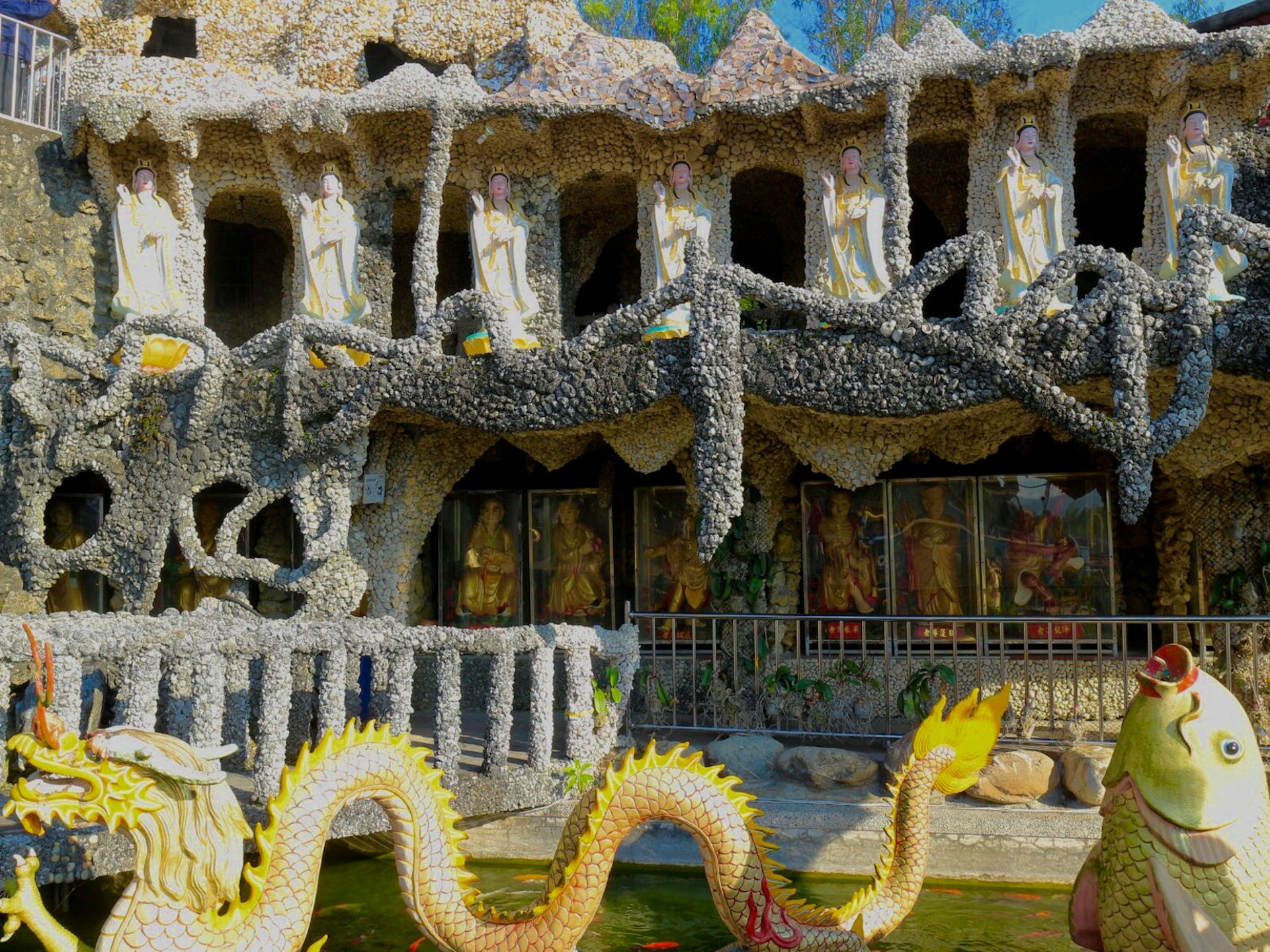
You may have seen ‘Manhattan-henge’ – a big golden sun setting between silhouettes of New York’s skyscrapers. An equally spectacular solar phenomenon occurs in Kaohsiung thanks to its gridded layout. ‘Kaohsiung-henge’ occurs twice a year, for two or three days around late January and mid-November. During these magical days, the city looks like nothing else – tower cranes on the horizon, gold spilling on the boulevard and everything sublimated for a few brief moments by the apparent closeness of the sun. The most ideal viewing spots are streets with an east-west orientation, such as Qingnian 1st Road in Lingya District.

